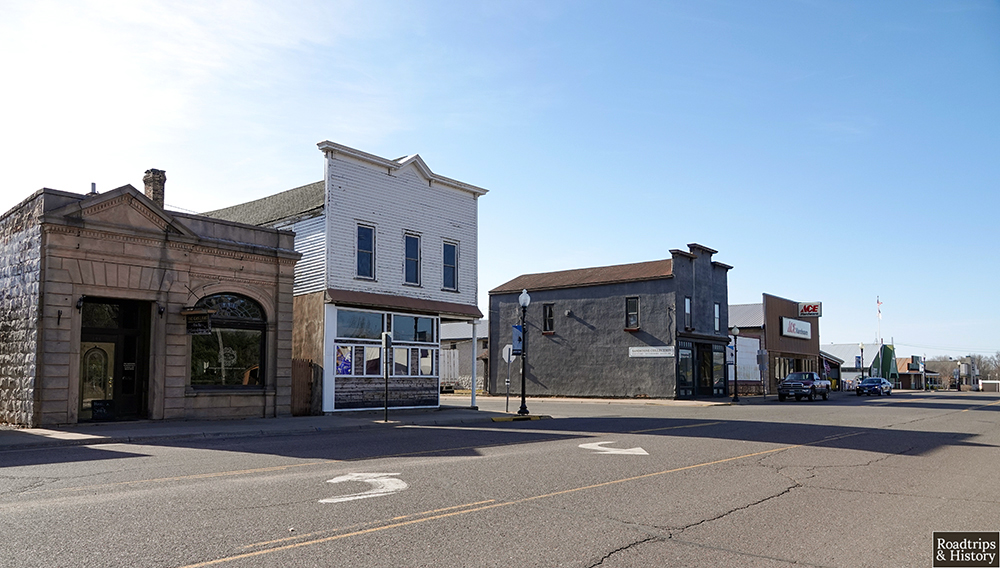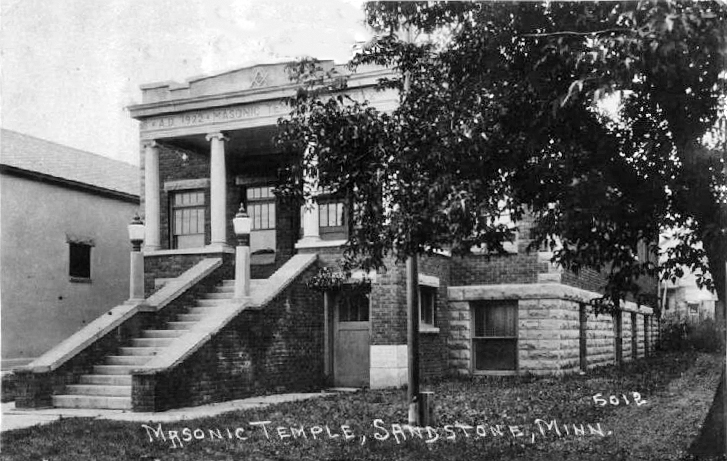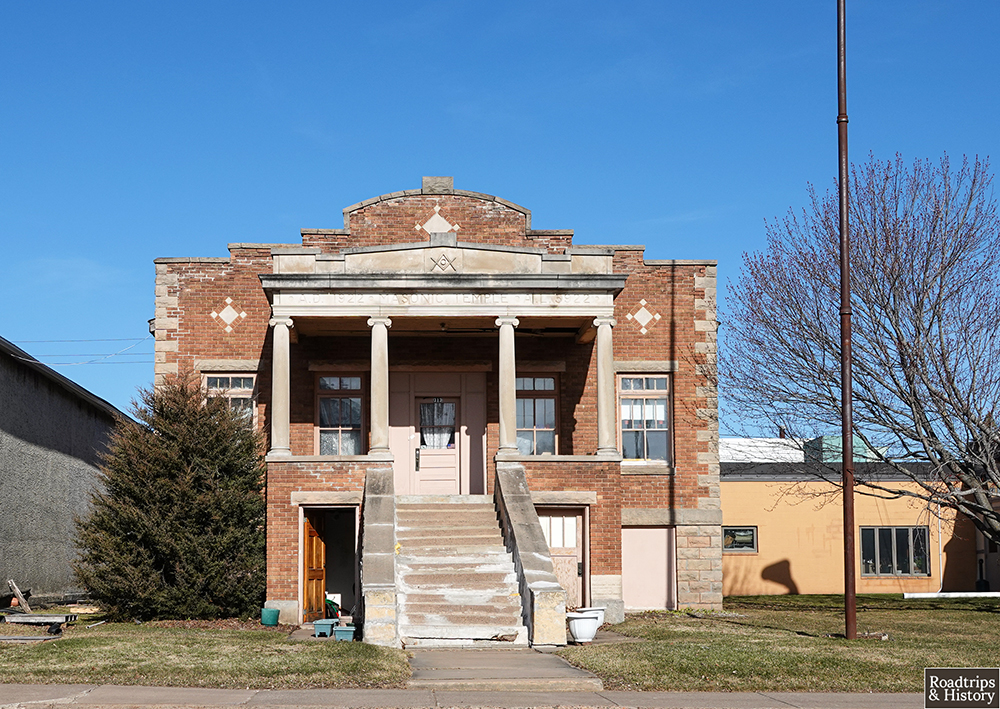The city of Sandstone, Minnesota, was platted and incorporated in 1887. The area was a major hub for the logging industry, thanks to its location along the Kettle River. After the Great Hinckley Fire in September 1894, the town grew into a community-powered by quarries and the railroad.
After the town was devastated by the fire, James J Hill and his son-in-law, Samuel Hill, arrived with the financial support needed to rebuild the town. One crucial part of rebuilding was centered around purchasing land to enlarge the sandstone quarry just east of town. The other was building a line of Hill’s Eastern Minnesota Railroad Company through Sandstone on its way from Hinckley to Superior, Wisconsin. Hill’s promotion of Kettle River sandstone sparked a nationwide demand that was nearly insatiable.
James J Hill and the Minneapolis Trust Company
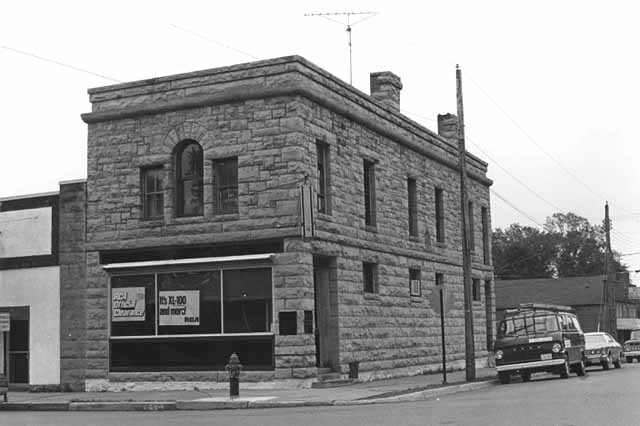
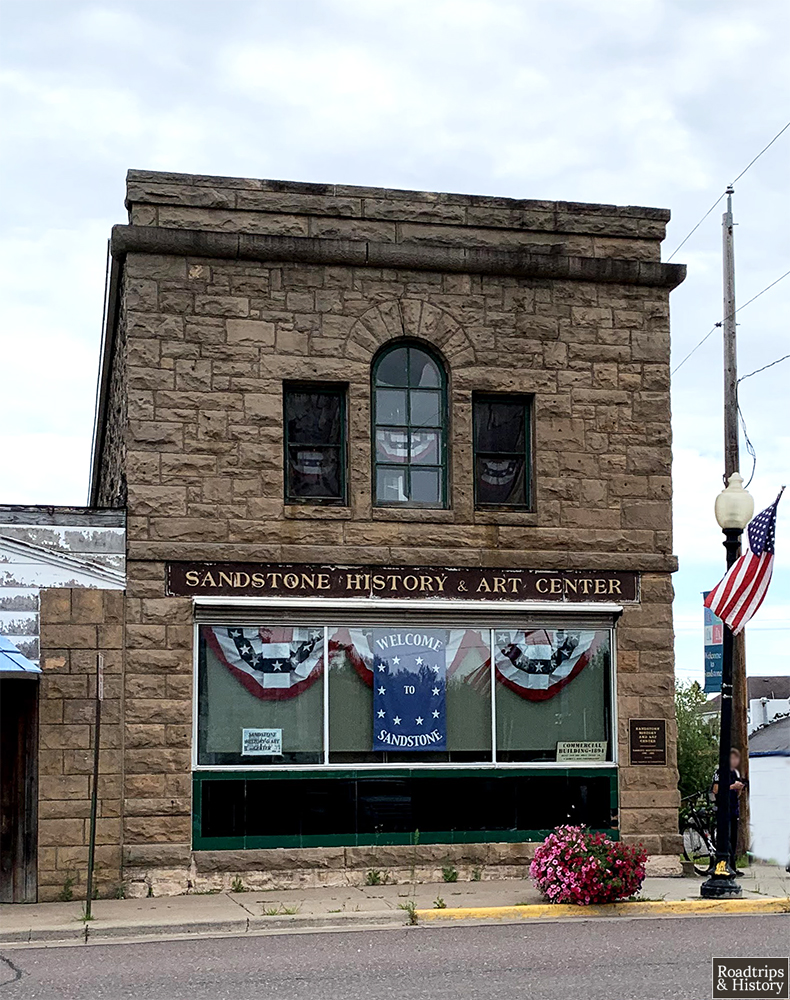
The Minneapolis Trust Company played a vital role in rebuilding Sandstone and getting nearby quarries running again after the Great Hinckley Fire. The company’s president, Samuel Hill, was the son-in-law of railroad magnate James J Hill — who was a member of the board of directors. Samuel was also president of the Eastern Minnesota Railroad Company.
The Minneapolis Trust Company Building was built a couple of months after the fire and constructed from local sandstone. From this building, the Hills purchased 225 acres of land north of town to increase production at the already established Kettle River Sandstone Company needed to meet the demand. The building housed commercial establishments for many years and then became the Sandstone State Bank’s home base in 1906. Today, the Sandstone History and Art Center occupies the building. Several other buildings downtown were constructed during this period of rebuilding.
Kettle River Sandstone Quarry
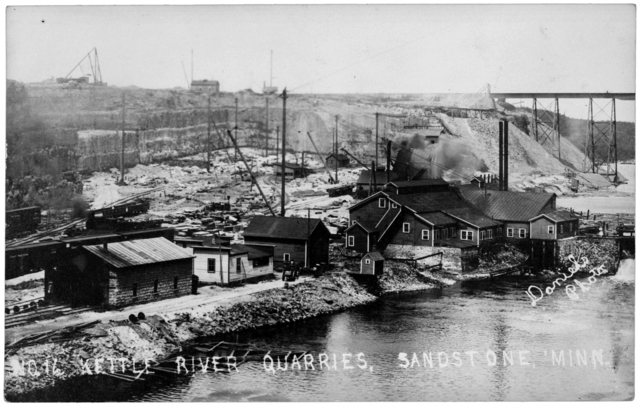
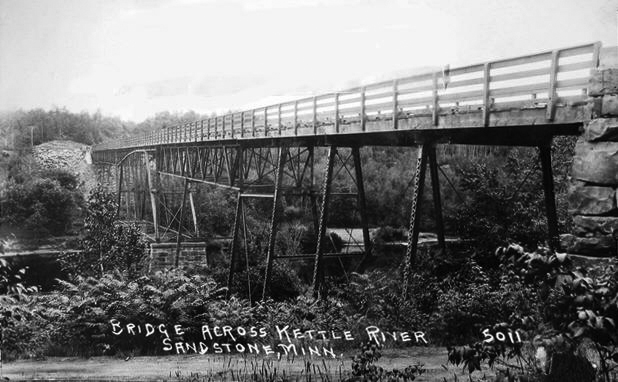
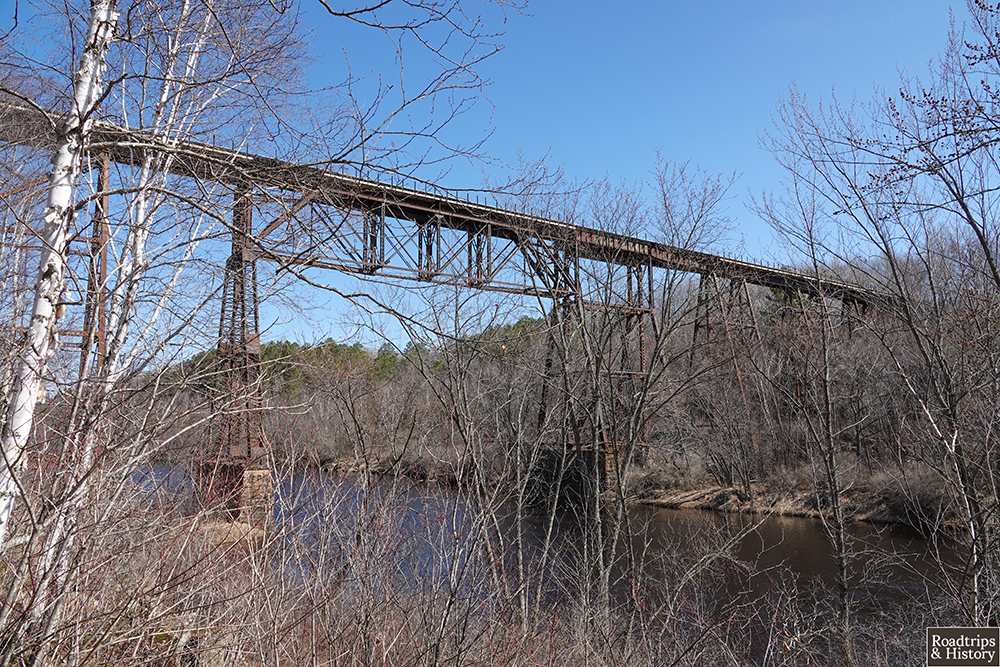
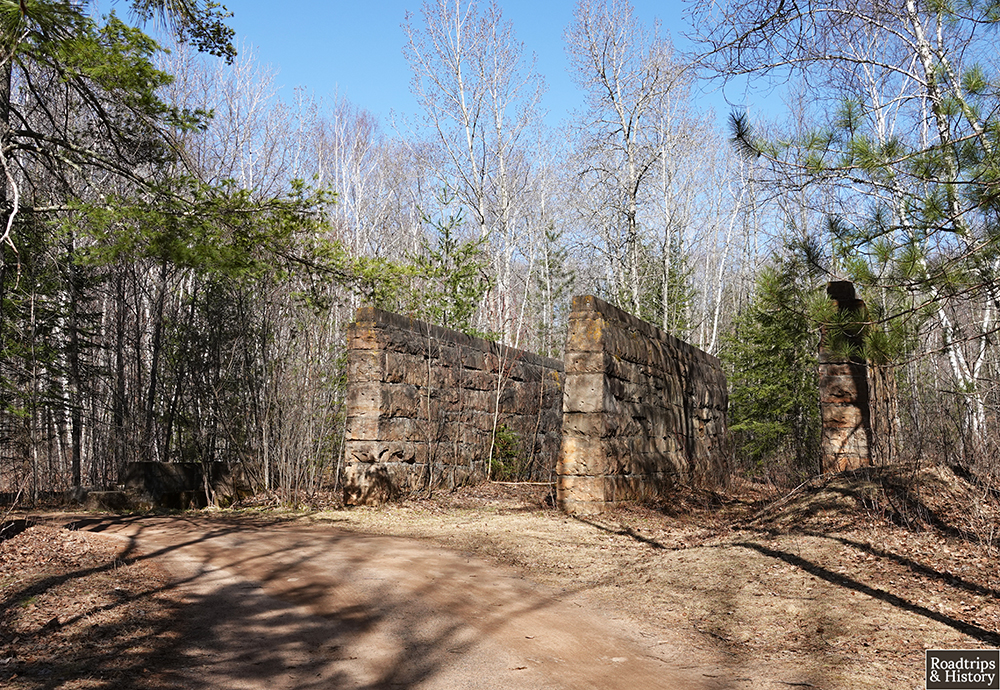
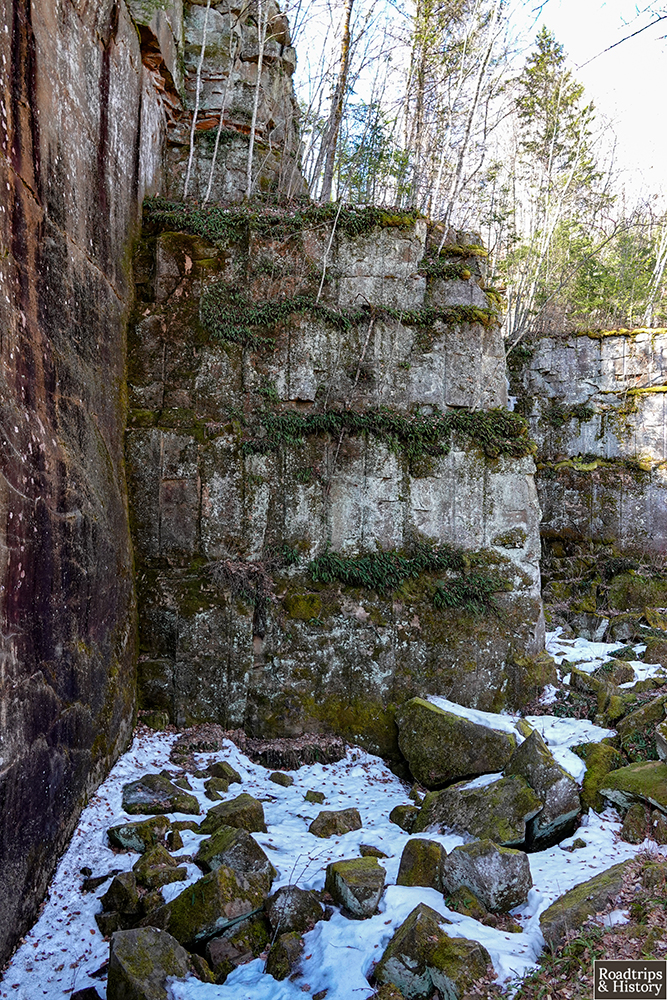
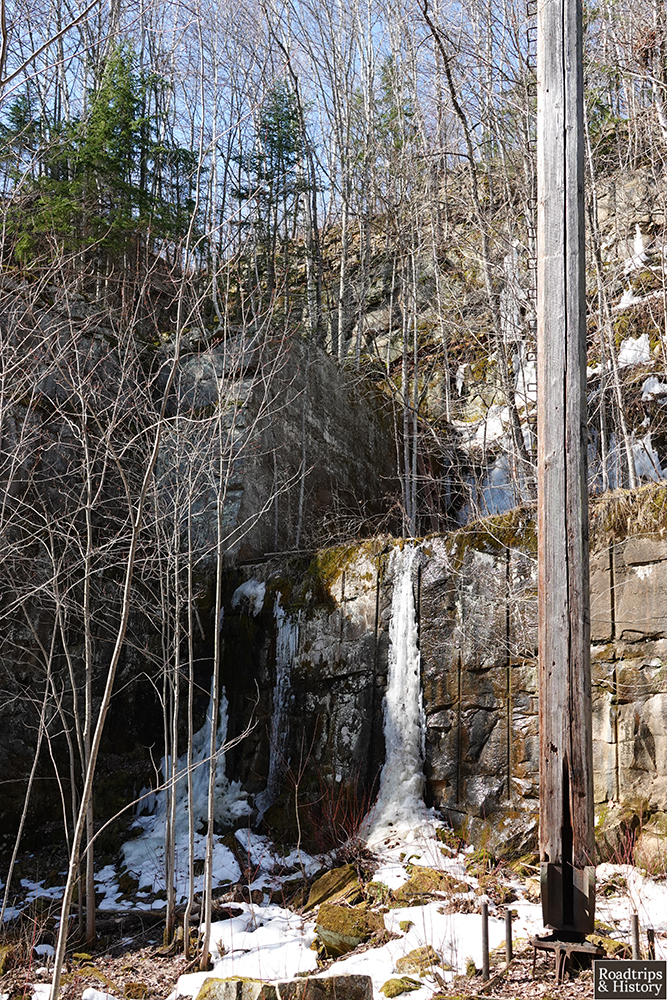
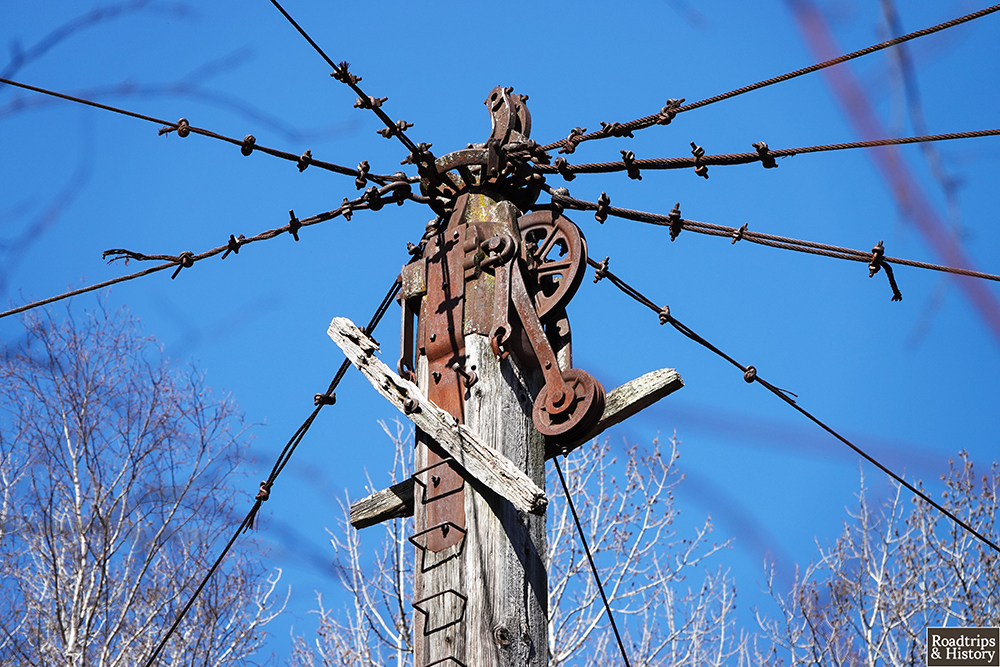
Kettle River Sandstone was quarried just east of downtown. Colonel William Grant founded and developed the first quarry here in 1886. Over the years, the quarry operated under several names, including Kettle River Sandstone Company (1887-1888), Ring and Tobin (1888-1893), Minnesota Sandstone Company (1894-1903), Kettle River Quarries Company (1903-1910), Kettle River Company (1910-1920), and Sandstone Quarry Company (1921-1942).
Sandstone from the quarry was used in buildings coast-to-coast. Closer to home, the quarry provided cobblestones for St Paul’s streets, blocks of stone for structures at Fort Snelling, and the Board of Trade building in Superior. Hill also required that new depots along the Great Northern Railway line use Kettle River sandstone. Three of these depots exist today in Grand Forks, Billings, and Wenatchee.
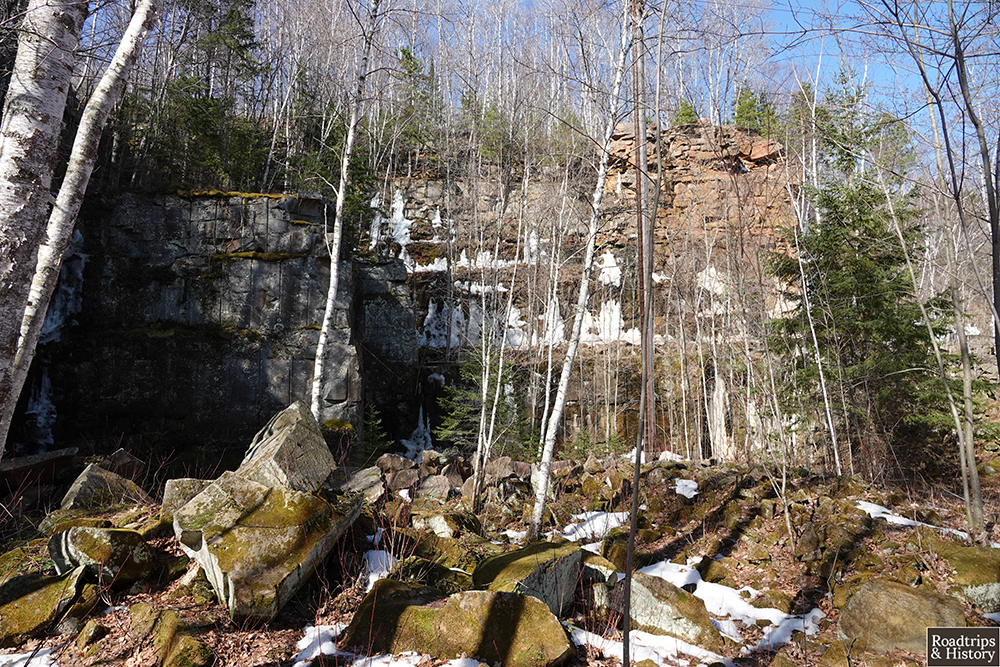
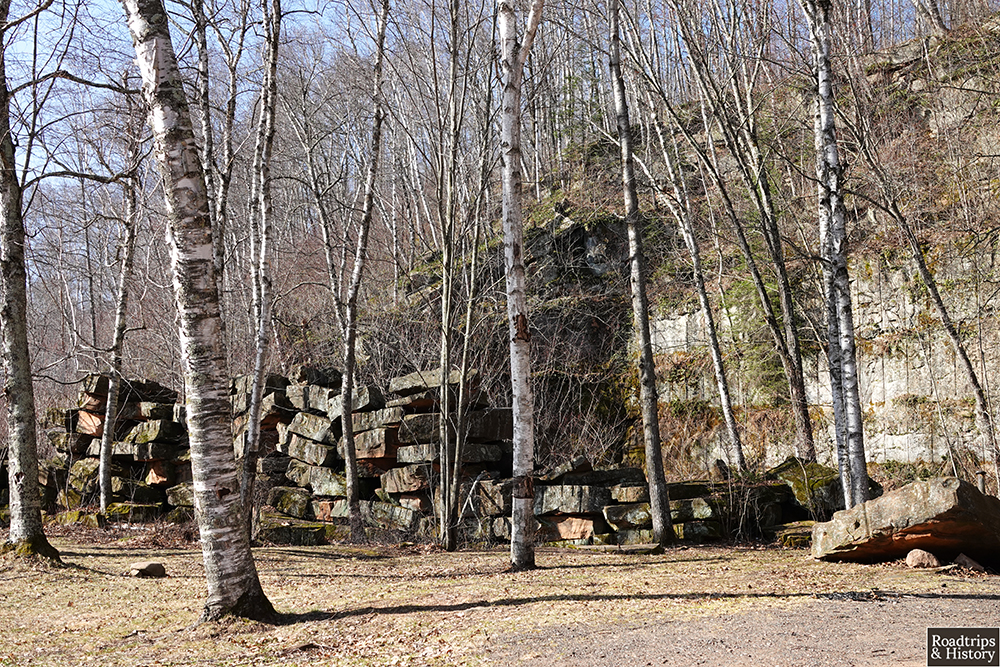
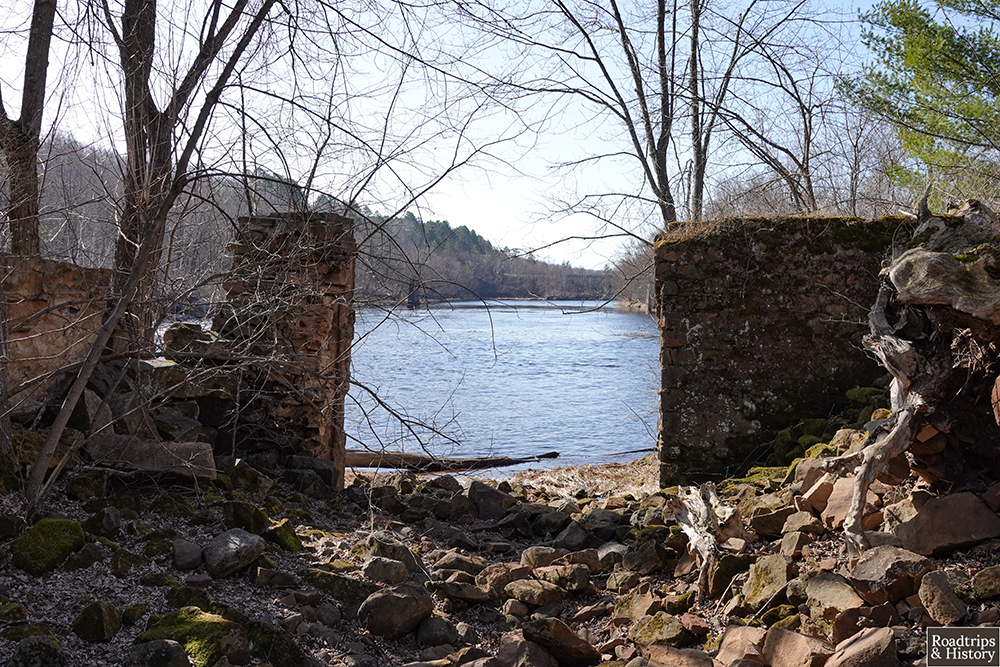
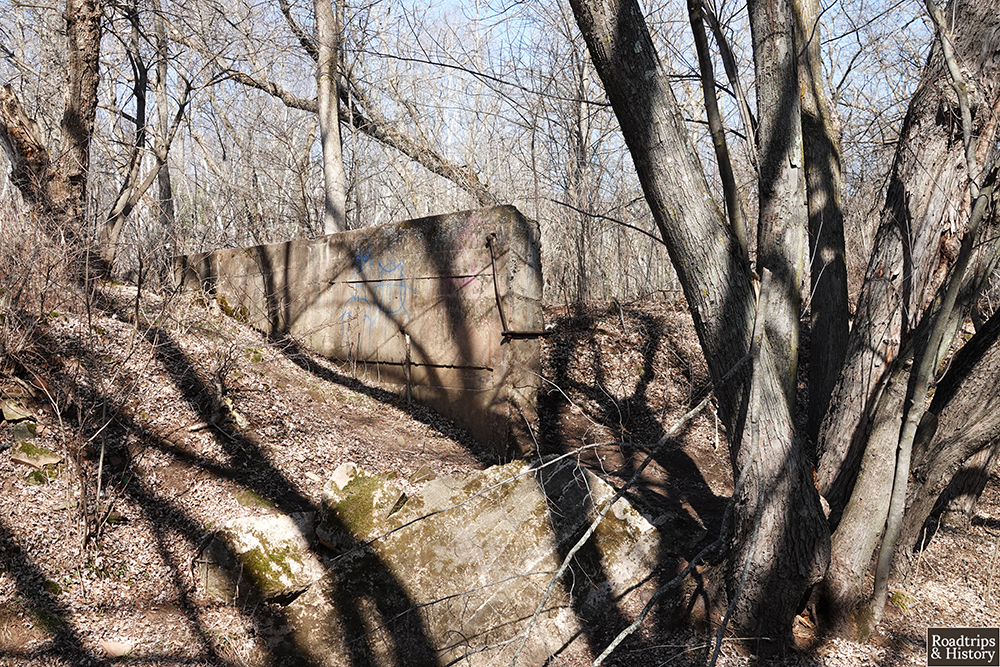
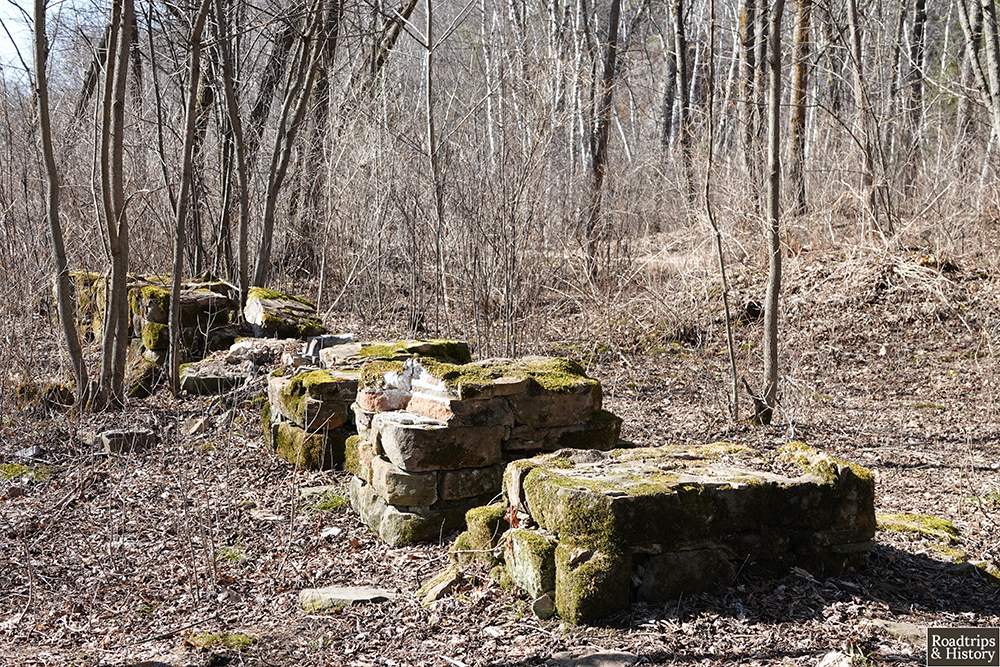
By the mid-1910s, less expensive building materials like steel and concrete became available and replaced stone. The quarry that once employed more than 600 slowly dwindled to 20 workers as demand decreased and the U.S. faced the Great Depression. In 1942, the quarry closed for good. Today, Robinson Park holds the ruins of the quarry operation. Just a few miles north of Sandstone, the Banning Sandstone Quarry ruins can be found in Banning State Park.
Discover More About Sandstone
Admiring The Old Sandstone School
Fire Relief Houses Of Pine County

